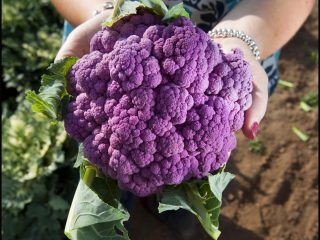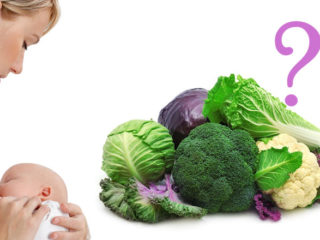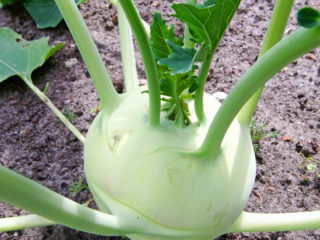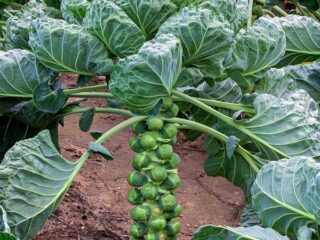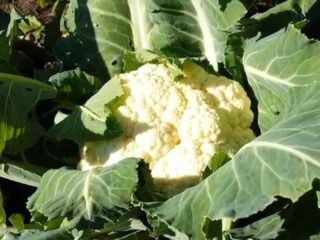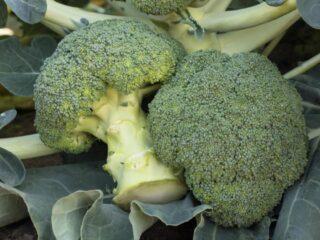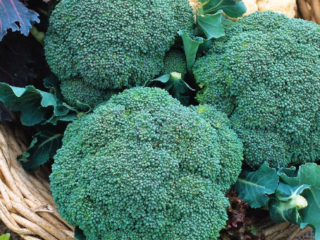Content
It is important to plant Brussels sprouts for seedlings at the right time, properly preparing the seeds, containers and soil. Before moving to the garden, it is necessary to provide comprehensive care. This also includes the correct temperature conditions and lighting.
When to sow Brussels sprouts for seedlings
One of the peculiarities of the crop is its long growing season - up to six months can pass before harvesting. It is important to plant Brussels sprouts in a timely manner, otherwise they simply will not have time to ripen before the end of the season.
It is optimal to sow seeds from mid-March to the beginning of the next month. There should be 1.5-2 months left before planting in the ground. In the Urals, you can sow the crop already in early spring.
Planting Brussels sprouts for seedlings
Brussels sprouts should be planted with seeds only after they have been properly processed. The soil and planting containers also need preparation.
Soil preparation
To sow the crop, you can use purchased soil or create a mixture yourself.There are several options:
- fertile garden soil and compost 1:2;
- turf soil, peat and sand in equal parts, wood ash (3-4 tbsp) and mineral fertilizers (0.5 tbsp superphosphate per 1 liter of soil);
- garden soil, humus and sand 1:3:1.
The soil mixture must be disinfected. There are several options:
- steaming (water bath, 30-40 minutes);
- freezing (-15-20 °C);
- calcination (70-90 °C, 30-40 minutes);
- etching (potassium permanganate solution).
After disinfection, the soil should be left for 1.5-2 weeks. This time is necessary to restore beneficial microflora. Before planting, you can add biofertilizers to the soil:
- vermicompost;
- Baikal EM1;
- Agrovit.
The soil is poured into disinfected containers. It is moistened 3-4 days before sowing. On the day of planting, antifungal soil treatment is carried out. For this, the fungicide Fitosporin or a weak solution of potassium permanganate is usually used.
Selection of capacity
Boxes are usually used to sow seeds for Brussels sprouts seedlings. Their depth should be at least 7 cm. At a certain time, the seedlings will need to be planted into separate pots - you can use them immediately.
The containers selected for cultivation must be washed with hot water and disinfected. A solution of soda - 1 tsp - works well for this. for 1 liter of water. After disinfection, seedling containers must be dried.

It is convenient to sow seeds in special cassettes - grown seedlings dive into individual containers
Seed preparation
The preparatory stage depends on the quality of the purchased seed.You can buy seeds that have already been disinfected, treated and treated with a growth stimulant. It’s easy to make all the necessary preparations on your own:
- Soak in hot water (50 °C) for 20 minutes.
- Cool under running water - immediately after hot soaking, continue for 1-2 minutes.
- Treatment with a growth stimulator. Epin and Kornevin will do. The drug is used according to the instructions, the duration of soaking is 12 hours.
- Flushing.
- Stratification in the refrigerator during the day.
- Drying.
All these measures are necessary to increase the germination of Brussels sprouts and reduce the risk of a number of diseases. Only one drug is used for treatment; they should not be combined.
Scheme for sowing Brussels sprouts for seedlings
When sowing seeds in a common container, grooves are made, and small holes are made in individual pots. Use the following planting scheme:
- distance between rows 4 cm;
- the interval between seeds in one line is 1-1.5 cm;
- laying depth 1-1.5 cm.
The crops are sprinkled with soil and lightly compacted. To moisten, use a fine spray bottle and warm water.
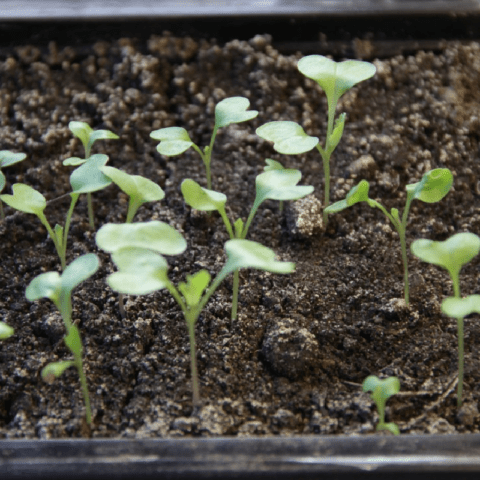
Before germination, seedling containers are covered with film - this helps retain moisture.
Seedling care
To successfully grow Brussels sprouts seedlings, it is necessary to provide them with comprehensive care. No less important are the conditions of detention - temperature, lighting.
Temperature and lighting
At 20 °C, Brussels sprouts sprout in 2-3 days. After pecking the seeds, the film is immediately removed and the seedling container is placed in a bright place. Until 2-3 true leaves appear, protection from direct sunlight is needed.
You can grow the crop on a windowsill, enclosed balcony or in a heated greenhouse.Brussels sprouts seedlings do not like heat. It is optimal to provide the crop with a daytime temperature of 14-16 °C, and at night 8-10 °C. It is reduced gradually - the desired regime is established within a week after emergence.
Watering
After sowing the seeds, Brussels sprouts seedlings do not need watering for the first two weeks. It is then produced as needed. The soil should be moderately moist. Drying it out or flooding it with water is unacceptable. This is fraught with diseases and death of seedlings.
The Brussels sprouts are not watered for the last 4-5 days before moving into the ground. Abundant soil moisture is carried out several hours before planting the crop in the beds. This will facilitate the process of removing seedlings with a clod of earth.
Watering is also necessary before picking. Be sure to provide plenty of moisture even after fertilizing.
Top dressing
During the growing of seedlings, Brussels sprouts are fed twice. First, fertilizers are applied after the appearance and development of two true leaves. Add to 1 liter of water:
- superphosphate 4 g;
- ammonium nitrate 2 g;
- potassium sulfate 1 g.
The next feeding of Brussels sprouts seedlings is carried out two weeks later. The same elements are used, but the dosage is increased:
- superphosphate 6 g;
- ammonium nitrate 3 g;
- potassium sulfate 2 g.
Picking Brussels sprouts seedlings
Brussels sprouts seedlings are planted in individual containers after the true leaves appear. The algorithm is simple:
- Prepare a weak solution of potassium permanganate.
- Water the seedlings.
- Carefully remove the seedlings.
- Place the seedlings one at a time in a new container, using soil with the same composition.
- Sprinkle the plants and lightly compact the soil. Seedlings should be buried to the cotyledon leaves.
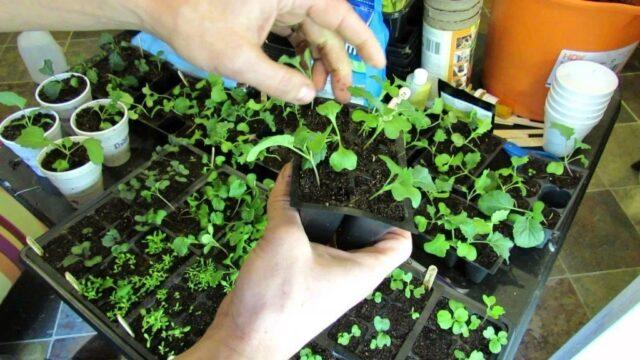
When picking Brussels sprouts seedlings, the earthen ball is preserved
After moving to new containers, seedlings are vulnerable for the first time. For three days you should shade it and humidify the air. Periodic spraying with water from a fine-hole spray bottle is sufficient.
Hardening
Brussels sprouts seedlings are transplanted into the garden after 4-5 true leaves appear. This period usually occurs at the end of May or the beginning of summer. By this time, it is necessary to harden off the seedlings. The process should take at least two weeks.
Hardening of Brussels sprouts seedlings is carried out gradually. Start with half an hour, increasing this time daily. By the time of planting on the beds, the duration of stay in the open air should increase to a day.
For hardening off Brussels sprouts seedlings, the optimal temperature is 5-6 °C. You can place seedlings on a balcony or loggia, keep them in a greenhouse or on the veranda.
Brussels sprouts seedlings must adapt not only to the street temperature, but also to the lighting. First, when outdoors, seedlings should be covered with lutrasil. The material used is thin. Seedlings are gradually accustomed to street lighting, just as they are hardened off.
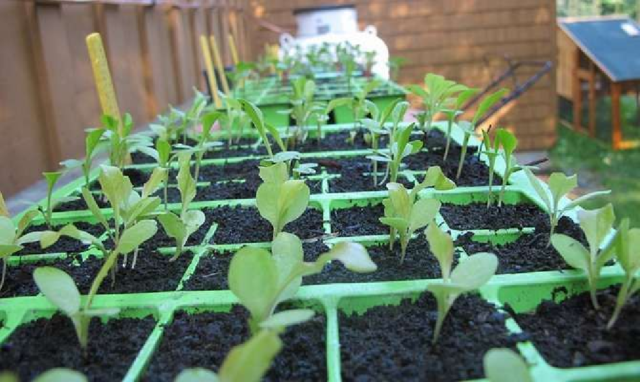
To harden off Brussels sprouts seedlings, you should choose a place that is protected from strong winds.
What to do if Brussels sprouts seedlings have stretched out
Pulling Brussels sprouts seedlings occurs for various reasons. Most often, such consequences are caused by a lack of light. The problem can be solved simply - it is necessary to use artificial sources, phytolamps. Additional lighting is needed not only in the morning and evening, but also during the day when the weather is cloudy.
Another possible reason for the stretching of Brussels sprouts seedlings is too high a room temperature. This regime promotes intensive development of the aboveground part of the seedlings, but the growth of the root system is weak. It is optimal to create conditions for planting that are as close to natural as possible - the daytime temperature should be higher and cooler at night.
Brussels sprouts seedlings can also become stretched due to excessive watering. This is especially pronounced in combination with too high a temperature. To solve the problem, you need to normalize the microclimate in the room or move the seedlings to another place. The frequency of watering is based on the condition of the soil. The same applies to water volumes.
At the stage of growing in one common container, Brussels sprouts may stretch due to thickened sowing. If the seedlings are already large enough, then to solve the problem they are planted in separate containers. Otherwise, you just need to remove the extra plants - throw them away or try to replant them.
Conclusion
You need to plant Brussels sprouts for seedlings in the second half of March in order to move the crop into the ground by the end of spring or beginning of summer. It is important to properly prepare containers, seeds and soil, follow the sowing pattern, and provide comprehensive care.
